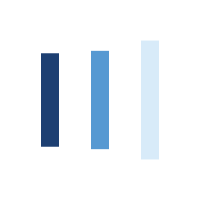

Scaled Agile Gold SPCT Partner
Leading SAFe® 6.0 Training with SAFe Agilist Certification
The Most Comprehensive Certification Course for Guaranteed Career Success
220K+ Enrolled
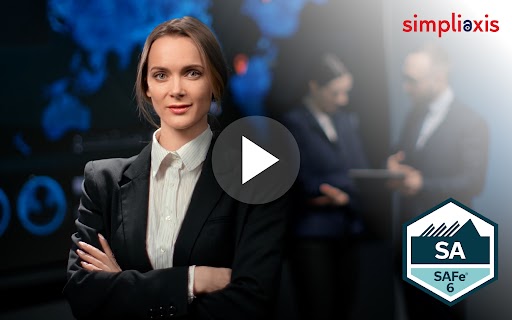
Accredited by


Simpliaxis Leading SAFe® certification course offers the core foundational understanding of the Scaled Agile Framework. The Leading SAFe® certification is the benchmark in Agile framework certification as it broadens an individual’s career with knowledge about Agile Framework. Build expertise to cultivate agile practices in business as this training aids you in introducing SAFe® practices among organizations effectively.
Read more...
Accredited by


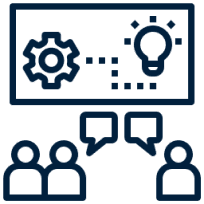
Guaranteed to Run Workshops
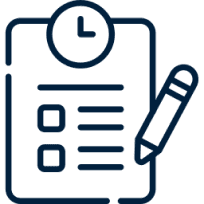
Expert-Led Study Sessions
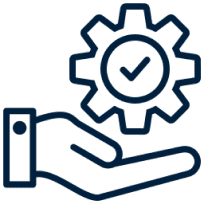
Networking Opportunities
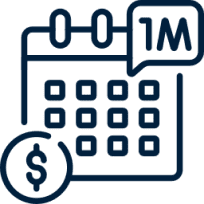
Flexible Monthly Payment Plans

Real-World Case Studies
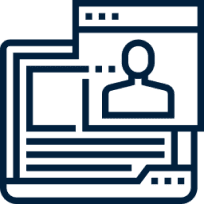
Hands-On Project Experience
450K+
Professionals trained
250+
Workshops every month
30+
Trainers
450K+
Professionals trained
250+
Workshops every month
20+
Trainers
Course Overview
The Simpliaxis Leading SAFe® certification helps you become the SAFe® Agilist. A SAFe® agilist professional is responsible for implementing the Scaled Agile framework to scale organizations. Agile methods have evolved from being used in small teams to organizations with complex infrastructure and cross-functional teams. Leading SAFe® certification is comprehensive and it validates the expertise of an individual. As you learn different techniques, with the Scale Agile framework you get to enhance the product quality, enhance employee experience, boost productivity, and reduce the overall time-to-market.
Learn to build business agility with 100% accuracy to deploy Agile methodologies in an organization. Due to the unique avenue, a SAFe® Agilist gets a minimum of 25% hike as compared to the non-certified professionals. In the US, 70% of Fortune 100 companies are reportedly employing SAFe® certified professionals. The certification also ensures you to strategize, execute, and take on a leadership role in organizations.
Leading SAFe® Training Highlights
16 hours of Extensive Training
Earn 16 PDUs & 16 SEUs
100% Success Rate
Access to SAFe Community Portal
Courseware and SAFe Studio Access
Mentorship by Agile Industry Experts
Training from Gold SPCT Partner of Scaled Agile
Exam Fee Included in the Course fee
Access to free Practice Tests with Unlimited attempts
Hands-on Practical Experience & Real-world case studies
Career upliftment

Simpliaxis will guide you through thick and thin to pass the SAFe agilist exam and become certified. Explore new career opportunities while you improve and enact best practices using SAFe methodology.
Benefits focused on Individuals and corporate
Common attendees

Prerequisites for Leading SAFe® certification training
While the course can be taken up by individuals of any educational background and professional work experience, there are a few things that candidates should be aware of before pursuing SAFe® certification. The following are the important prerequisites of SAFe® certification:
Exam Format

Process To Achieve Leading SAFe® Certification
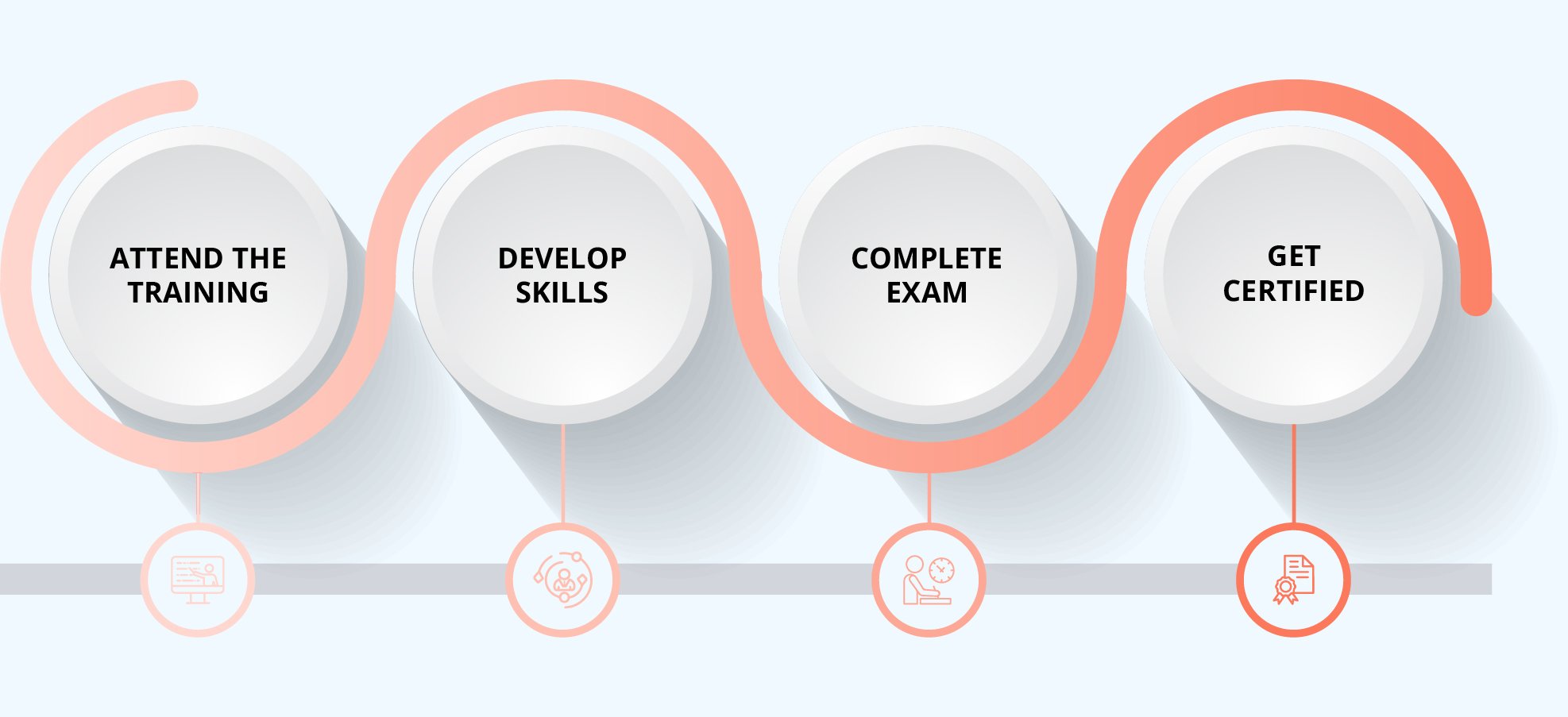
Attend the Training: Complete the 14-16 Hours online Leading SAFe Training & learn from globally renowned SAFe Practice Consultants.
Develop Skills: Attend the interactive training session & develop your knowledge in lean agile management.
Complete Exam: Log in to the link sent by Scaled Agile & Clear the 90-minute Exam.
Get Certified: Scaled Agile will update your profile, where your certification will be disclosed. Earn your certification & become Certified SAFe Agilist Professional.
GET THE Leading SAFe® CERTIFICATION
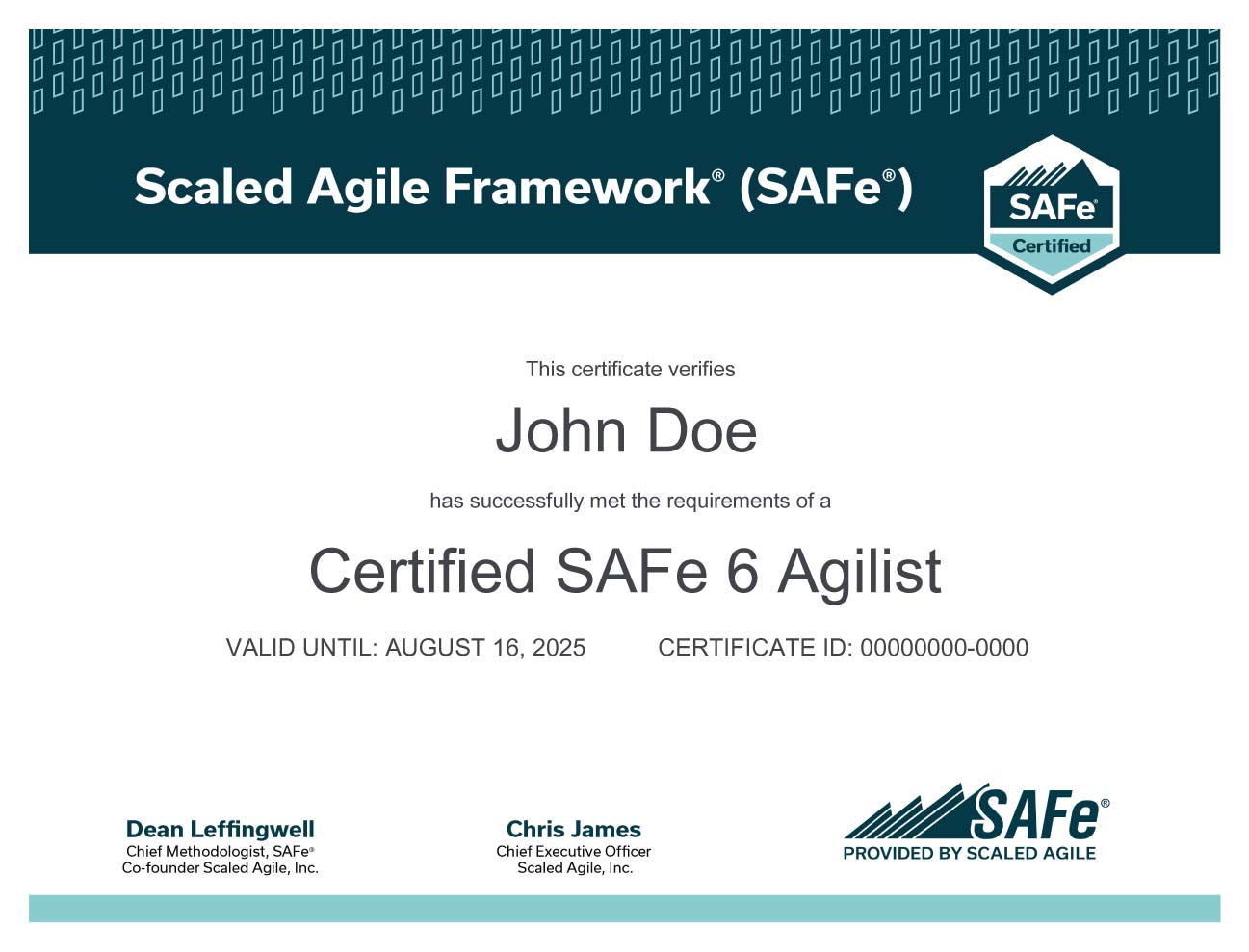
Curriculum
COURSE Curriculum
What you will learn in this Leading SAFe® workshop
SAFe® & Agile Fundamentals
Learning from Simpliaxis Online Leading SAFe® certification training includes understanding the working of Agile, Lean, and product development with Scale Agile Framework®.
Scale Effectively
Scaling an enterprise would require you to Apply SAFe® values concerning Lean-Agile methodology.
Practice Lean-Agile Principles
Acknowledge and practice Lean-Agile principles and make decisions in your organization with an Agile mindset.
Magnify Value
Support Program Increment with values like integration, deployment, and release during Continuous Integration and program execution.
Portfolio based on Lean
Leverage Lean Portfolio by implementing Lean-Agile principles following SAFe®.
Understand Core Competencies in Safe®
SAFe® 6.0 comes with seven core competencies; understanding them and making developmental decisions should come under your purview.
Leadership Skills
With refined leadership skills in Lean-Agile, you’ll learn to curate Agile teams that are purpose-bound and highly efficient.
Lead Transformation
The Safe® implementation roadmap will help you to initiate Lead-Agile transformation in an enterprise.
LPM or Lean Portfolio Management
Learning Lean Portfolio Management will empower you to apply lean principles by connecting them with actionable execution.
40+ Certification programs made an impact
Employee retention improved by 45%
Work satisfaction and capabilities improved by 30% on an average
100+
Clients













Leading SAFe® Certification COURSE For Corporates
Simpliaxis provides In person and live virtual instructor- led corporate training program customized for enterprise teams who wish to train their employees on specific aspects of their job processes or responsibilities. The corporate training by our expert certified trainers will enhance your learning curve and enable your teams to utilize their skills to meet the industry standards
Our Customer words for us



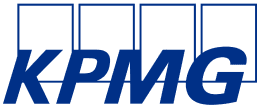



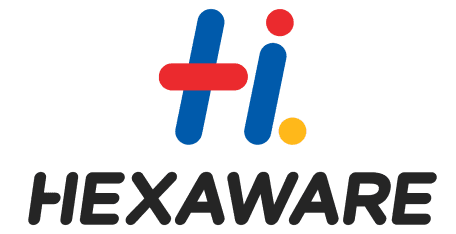
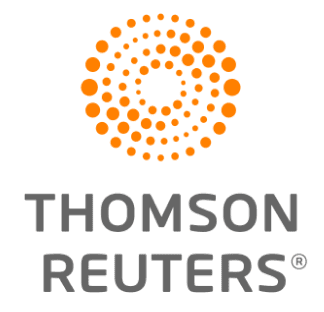
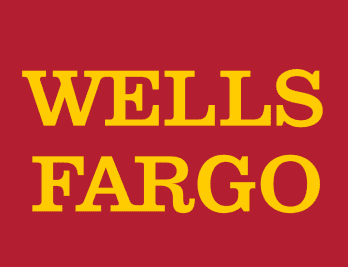








SAFe Big Picture
- Achieving Business Agility with the Scaled Agile Framework (SAFe)
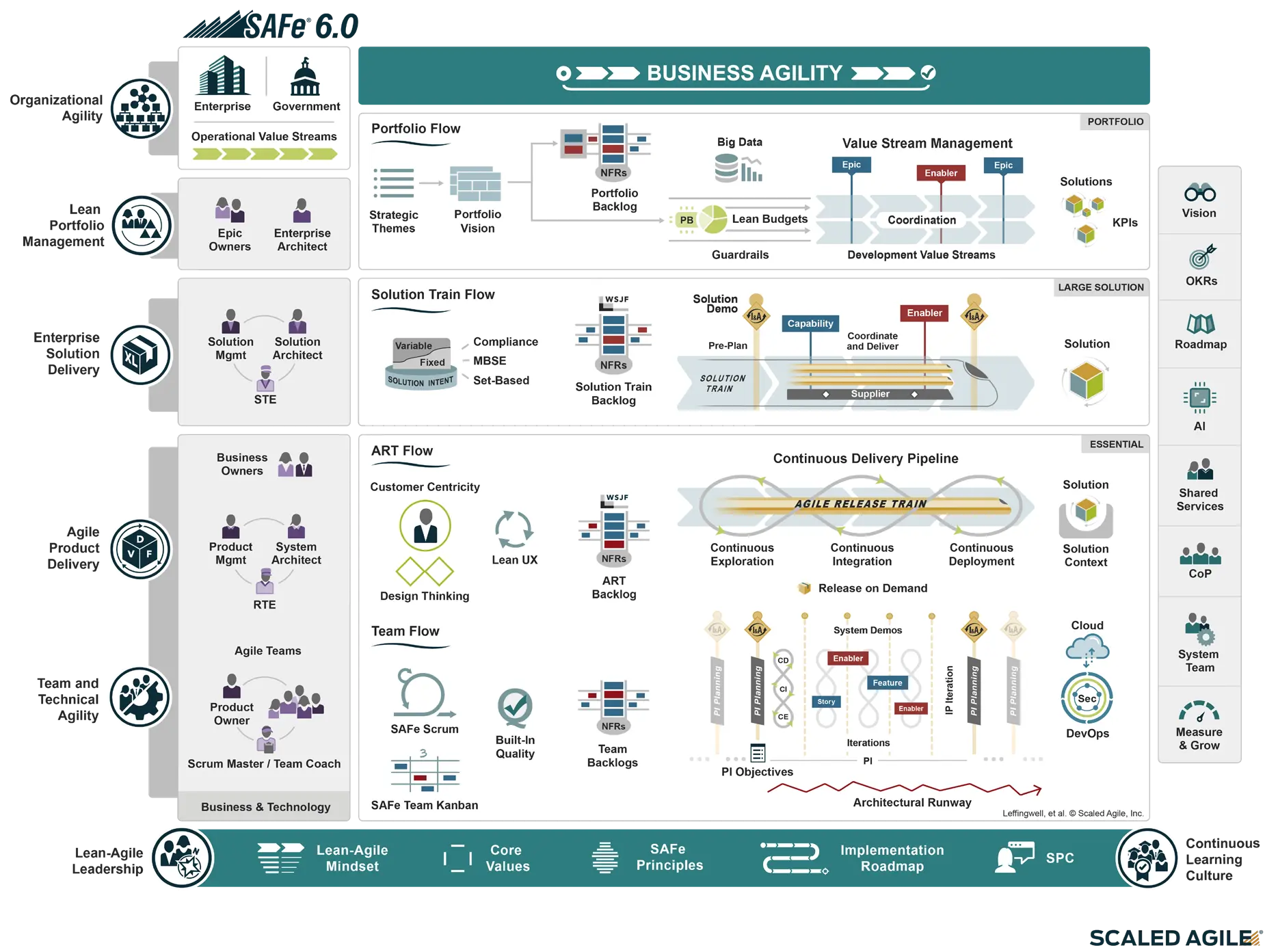
Meet the Team That's Invested in Your Success
Instructors
View All TrainersWhat is the meaning of Leading SAFe Certification?
Is it an open book exam for the Leading Safe certification in the USA?
Is SAFe Certification worth it for the USA?
When can I go for Leading SAFe Certification renewal in the USA?
Which SAFe Certification is the best?
Is leading SAFe® 6.0 Certification the same as SAFe® agilist?
How long is the SAFe 6.0 certification valid for?
How many attempts are there for the SAFe exam in the USA?
Will I receive any SAFe community membership along with the training?
What happens if my Leading SAFe® Certification expires?
Is there a preferred currency for payment, especially for international students?
Can payments be made online through your website, or do I need to visit a physical location?
Do you offer any discounts or promotions for early payment?
Can I pay for the course in installments, or is full payment required upfront?
Will I get a refund if I cancel my enrollment?
Where will I get my payment receipt?
Is there any transaction or processing fee?
What cards do you accept?
What payment options are available?
What if I miss a class? Are there any money back options?
If I want to know more about Training, whom should I connect with?
Is there any option to complete the Training in the native language if a participant chooses to?
Can I receive personalized Training at my convenience?
Where do I find the upcoming schedules of my course?
After enrollment, can I change the date of my training class?
Do I get any certificate upon completion of the course?
How do I enroll in the training course?
What are the different courses offered by Simpliaxis?
What are the different modes of Training available for Simpliaxis courses?
Do you offer online Training?
Do you offer corporate Training?
Who are the instructors of my course?
Is there any discount available for the Simpliaxis courses?
Whom do I contact if I have more queries regarding my course?
Are your courses affordable?
Why should I choose Simpliaxis?
What is the object of Simpliaxis?
How much discount will I get if I enroll for the Training?
Leading SAFe® Course FAQs
There’s no need to worry. The Leading SAFe® certification is valid for one year from the date of issuance.
You can easily renew it through the official Scaled Agile website. In fact, renewal can be done at any time before or after expiration, although it's recommended to renew before the expiry to avoid any disruption in certification status.
You can reach out to our experienced career counselor
or email us on support@simpliaxis.com
or contact any of our phone numbers
or you can chat with us anytime
or visit our contact us page https://www.simpliaxis.com/contact-us